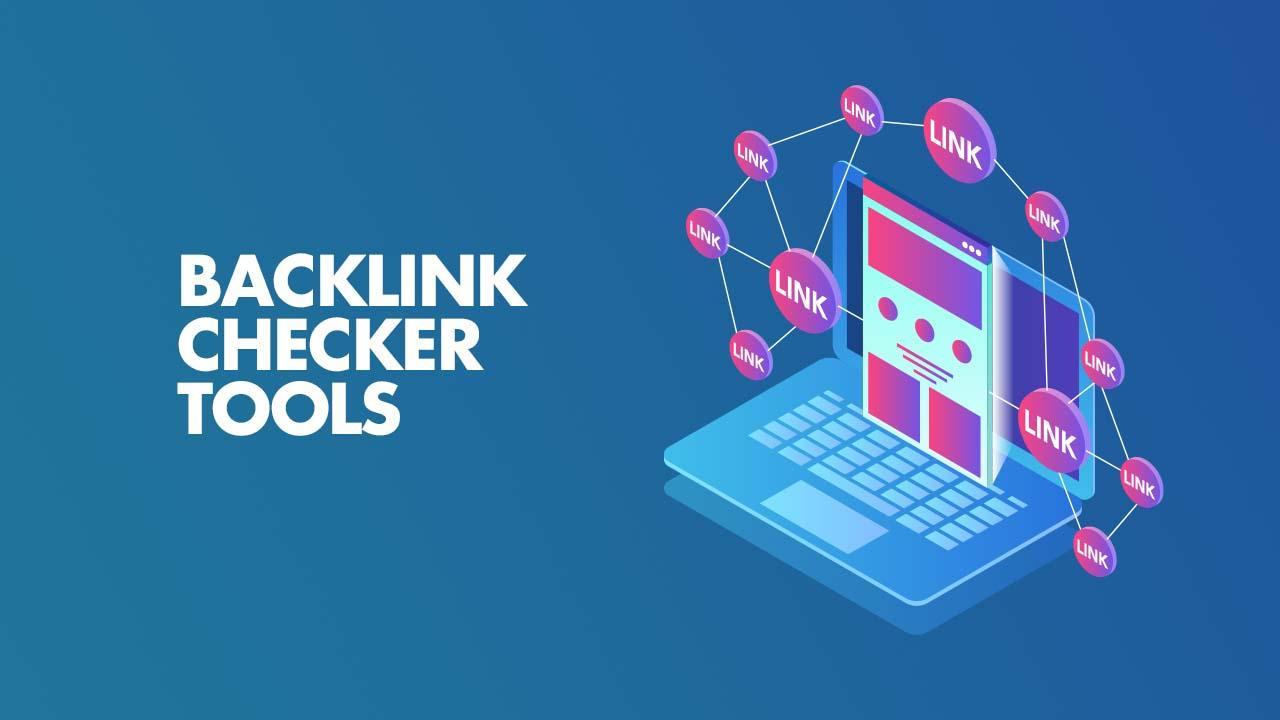
Competitor Analysis SEO Tools for Bloggers: How to Stay Ahead in the Game

When I first started blogging, I made the classic mistake of writing only what I thought my audience wanted. I’d hit publish, cross my fingers, and hope the traffic would come. Sometimes it did, but most times, my posts drowned in the endless sea of content already out there. It wasn’t until I began studying what my competitors were doing that things started to change. That’s when I discovered competitor analysis SEO tools — and they completely reshaped the way I blogged.
If you’re serious about growing your blog, you can’t ignore what your competitors are doing. Competitor analysis isn’t about copying others; it’s about uncovering opportunities, spotting gaps, and learning from proven strategies. In this article, we’ll explore why competitor analysis matters for bloggers, the best SEO tools available, and how you can practically use them to grow your audience and authority.
Why Competitor Analysis Matters for Bloggers
Think of blogging as running a marathon. You’re not the only runner on the track. Some are ahead of you, some are right beside you, and others are trailing behind. If you never look around, you won’t know how to pace yourself, when to push harder, or when to change strategies.
Competitor analysis gives you a map of the race. It helps you understand what kind of content works, which keywords bring traffic, and how other bloggers build links and credibility. By studying competitors, you’ll not only save time but also discover untapped niches your audience is craving.
For example, when I first used Ahrefs, I realized one of my top competitors was ranking for long-tail keywords I hadn’t even considered. Instead of chasing the same saturated terms, I started targeting those under-served queries, and within a few months, my blog traffic jumped significantly.
What to Look for in Competitor Analysis Tools
Before diving into specific tools, it’s important to know what makes them valuable. A good competitor analysis SEO tool should help you with keyword discovery, backlink research, traffic insights, and content performance. As a blogger, you want more than just numbers; you want insights that lead to practical actions.
The key areas most bloggers focus on include:
-
Keywords your competitors rank for
-
Backlinks pointing to their site
-
Content that gets the most engagement
-
Technical SEO performance
-
Social media influence on rankings
Top Competitor Analysis SEO Tools for Bloggers
There are dozens of SEO tools out there, but not all are equally useful for bloggers. Let’s break down some of the most effective ones you can start using right away.
Ahrefs
Ahrefs is like a Swiss Army knife for SEO. It allows you to see exactly which keywords bring traffic to your competitors, track their backlinks, and even explore what content performs best in their niche. Bloggers love its Content Explorer feature, which reveals articles with the highest engagement, giving you a roadmap for creating content that resonates.
SEMrush
If Ahrefs is a Swiss Army knife, SEMrush is like a full-fledged digital marketing toolkit. It goes beyond SEO by offering competitor advertising data, social media tracking, and content gap analysis. I once used SEMrush to compare my blog against two larger competitors and realized both were missing out on specific question-based keywords. Writing posts around those questions gave me a sudden edge.
Moz Pro
Moz is one of the most trusted names in SEO, and Moz Pro is perfect for bloggers who want clear, digestible insights. Its Link Explorer helps you understand who links to your competitors, while its Keyword Explorer shows you opportunities that are easier to rank for. Moz is particularly beginner-friendly, making it a great choice if you’re still learning SEO basics.
Ubersuggest
Created by Neil Patel, Ubersuggest is one of the most affordable competitor analysis tools for bloggers. It shows keyword gaps, backlink profiles, and traffic estimates. It also provides content ideas based on what’s already ranking. Many bloggers starting out prefer Ubersuggest because it balances usability with cost-effectiveness.
SimilarWeb
If you want a broader picture of your competitor’s traffic sources, SimilarWeb is worth exploring. It breaks down traffic by geography, referral sources, and even social platforms. This tool helped me understand that one competitor was gaining most of their traffic from Pinterest, which inspired me to double down on that platform.
SpyFu
SpyFu is especially useful if your competitors are investing in Google Ads. It reveals the keywords they’re bidding on, which often translates into keywords that are also valuable for organic search. Bloggers who combine SEO and paid ads find SpyFu incredibly strategic.
BuzzSumo
When it comes to content performance, BuzzSumo is unbeatable. It shows you which blog posts and articles are getting the most shares, engagement, and backlinks. If you’ve ever wondered why a particular blog post “went viral” while yours didn’t, BuzzSumo can give you the answers.
Google Keyword Planner
Though primarily designed for advertisers, Google Keyword Planner is still an underrated tool for bloggers. By comparing your keyword strategy with your competitors, you can discover profitable search terms that others might be missing.
How Bloggers Can Use Competitor Analysis Tools in Practice
The tools themselves won’t magically improve your rankings; it’s how you use them that matters. Here’s a simple process many successful bloggers follow:
First, identify your direct competitors — those writing about similar topics in your niche. Don’t only focus on big websites; look at smaller blogs with similar audience sizes as well.
Second, use a tool like Ahrefs or SEMrush to uncover the keywords they rank for. Pay attention to long-tail keywords and question-based searches, which often drive high-quality traffic.
Third, analyze their backlink profile. Ask yourself, where are they getting their authority from? If they’ve earned backlinks from guest posts or collaborations, you can reach out to similar opportunities.
Fourth, study their top-performing content. Tools like BuzzSumo make it easy to see which articles are resonating. If a competitor’s listicle on “Top 10 Budget Travel Hacks” is thriving, you could write an even more comprehensive post with fresh insights.
Finally, measure your progress over time. SEO isn’t a one-time fix; it’s a continuous cycle of learning, adapting, and creating better content.
The Human Side of Competitor Analysis
Here’s something that often gets overlooked: competitor analysis is not just about data. It’s about people — your readers. Behind every keyword and backlink is a person searching for answers, solutions, or inspiration.
When I looked at competitors’ comments sections, I discovered readers asking questions that weren’t fully addressed in the articles. That gave me the idea to create FAQ-driven posts that directly solved those problems. Not surprisingly, those posts became some of my most-read content.
Competitor analysis isn’t about outsmarting algorithms; it’s about better serving your audience.
FAQs About Competitor Analysis SEO Tools for Bloggers
What is the best SEO tool for beginner bloggers?
If you’re just starting out, Ubersuggest or Moz Pro are excellent because of their simple interfaces and beginner-friendly insights. They give you a strong foundation without overwhelming you with data.
How often should I do competitor analysis?
Ideally, you should perform competitor analysis at least once every quarter. However, in highly competitive niches, monthly analysis helps you stay ahead of shifting trends.
Can free tools compete with paid SEO tools?
Free tools like Google Keyword Planner and limited versions of Ubersuggest or SEMrush can be very helpful, especially if you’re on a budget. However, paid tools usually provide deeper, more accurate insights that can give you a stronger edge.
Should I copy my competitors’ keywords and content?
No. The purpose of competitor analysis is not to copy but to learn. Use competitor insights to identify opportunities and then create content that is more valuable, original, and reader-focused.
Do small bloggers really need competitor analysis tools?
Absolutely. In fact, smaller bloggers benefit the most because competitor insights reveal shortcuts and opportunities they might not have found otherwise.
Conclusion: Turning Data into Growth
Competitor analysis is not about envy or imitation; it’s about strategy. Every successful blogger you admire has likely studied their competition at some point. By using tools like Ahrefs, SEMrush, Moz Pro, and BuzzSumo, you gain access to the hidden playbooks of your niche.
But remember, data alone won’t grow your blog. It’s how you apply it — crafting better content, answering unanswered questions, building relationships for backlinks, and staying consistent.
If there’s one takeaway from my own blogging journey, it’s this: the moment you start seeing competitors not as rivals but as teachers, your growth accelerates. Use competitor analysis to sharpen your strategy, fill the gaps others leave behind, and ultimately serve your readers better than anyone else. That’s how you’ll not just keep up with the race but eventually lead it.





